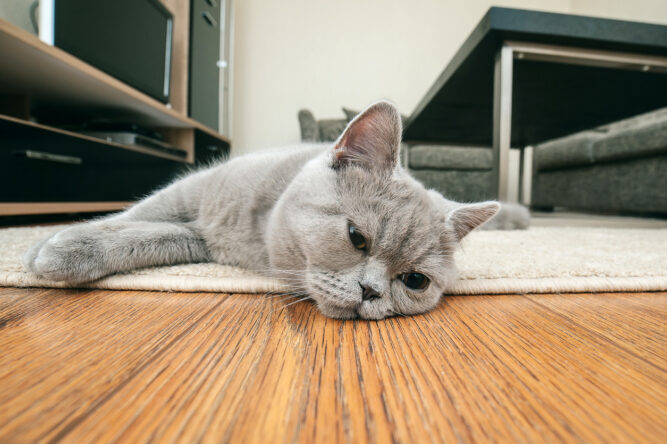Getting a tattoo is exciting… until you look at the final result and realise it’s not what you pictured.

You probably had a picture in your mind (and maybe even in hand!) of exactly what the artwork would look like, and when that doesn’t pan out, it’s more than just disappointing, especially because it’s permanent. If your new ink didn’t quite match your vision, here’s exactly what to do next.
1. Don’t panic right away.
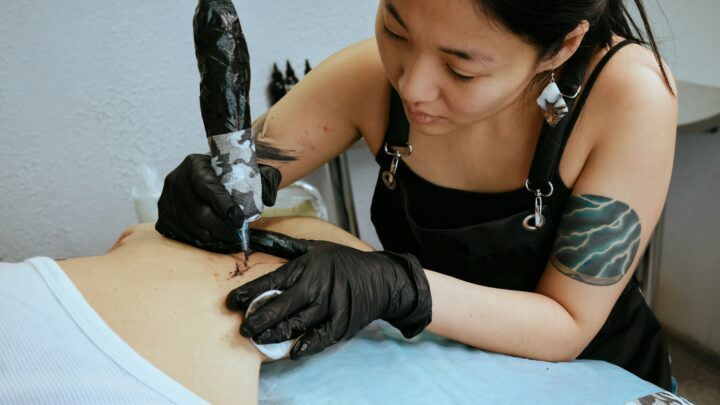
It’s completely normal to have a wave of regret or disappointment immediately after getting a tattoo. You’re emotional, your skin is sore, and it’s hard to see the bigger picture through the swelling and redness. Give yourself a few days to let the shock wear off before jumping to conclusions. Sometimes, once the initial healing begins, tattoos can look very different than they did on day one, and your feelings might settle too.
2. Give it time to heal.

A fresh tattoo is basically an open wound, and during those first few weeks, it can look cloudy, uneven, or even a little warped. Healing changes everything more than you’d expect. Before deciding your tattoo is ruined forever, let it fully heal. Colours settle, lines sharpen, and the overall piece can change once the scabbing and peeling is done. You might like it way more than you thought once it’s fully healed.
3. Look at it in different lighting.
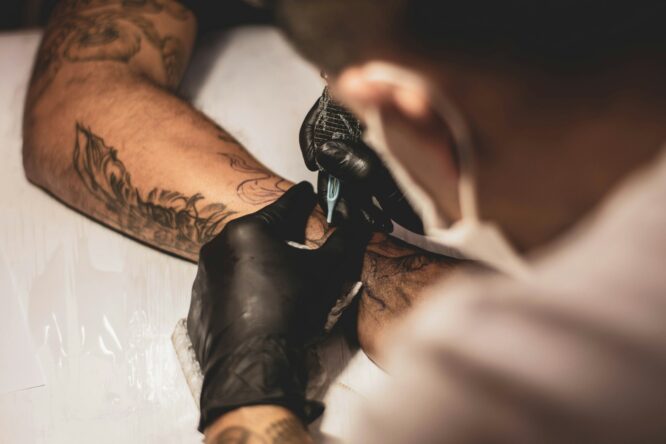
Lighting can make a massive difference in how tattoos appear. Fluorescent lights, dim bedroom lamps, or harsh daylight can each highlight flaws that aren’t really flaws at all. Check your tattoo under natural light, soft indoor lighting, and even in mirrors at different times of the day. Sometimes it’s just bad lighting making the piece look worse than it actually is.
4. Figure out exactly what’s bothering you.
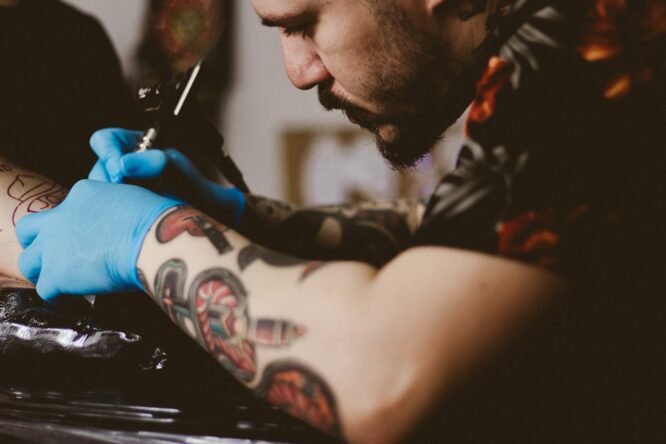
It’s easy to just say, “I hate it,” but narrowing down exactly what you dislike helps you figure out your next move. Is it the colour? The size? The placement? The style? Pinpointing the problem turns an emotional reaction into a manageable plan. It’s a lot easier to fix or work with something specific rather than feeling like the entire piece is a lost cause.
5. Talk to your artist calmly.
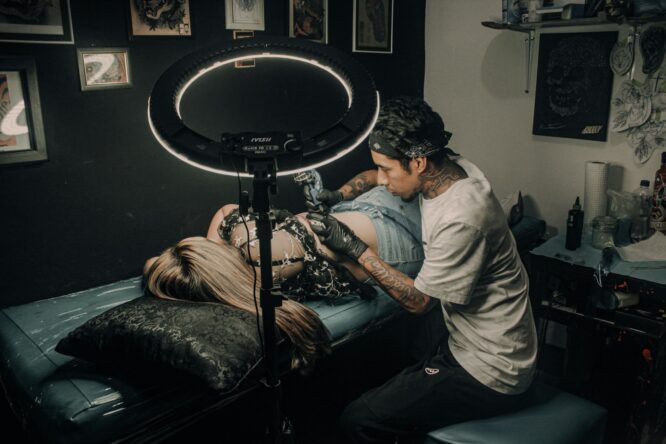
Good tattoo artists genuinely care about their work and their clients’ satisfaction. If something isn’t right, they usually want the chance to discuss it and potentially fix it, but they’ll respond best if you stay calm and respectful. Explain what isn’t matching your vision and ask what your options are. Most artists would rather work with you on a solution than risk having an unhappy client walking around with their name attached to a bad experience.
6. Ask about touch-ups or corrections.
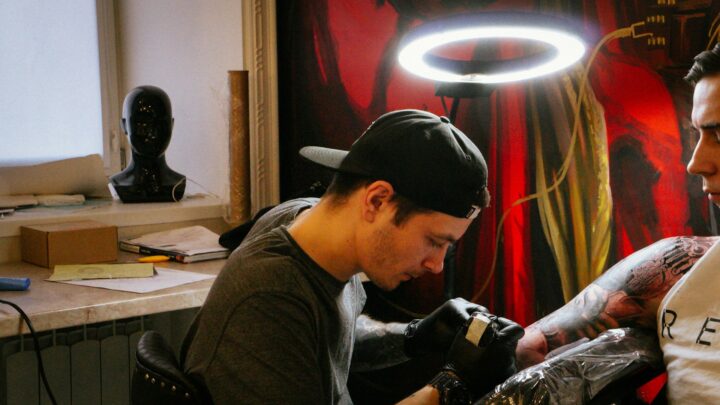
Many tattoo artists offer free or low-cost touch-up sessions within a certain timeframe after your appointment. Sometimes a small correction—sharpening lines, adding shading, tweaking colours—can make a huge difference. Touch-ups are completely normal, especially with complex or detailed tattoos. Don’t be afraid to ask your artist if they recommend adjusting anything once the healing is complete.
7. Consult a different artist for a second opinion.

If you’re uncomfortable going back to the original artist, or you just want more input, consulting a different experienced tattooer is a smart move. They might spot things you didn’t, and they’ll be honest about what’s fixable. Another artist can give you creative options like reworking, adding background elements, or covering parts without needing a full-on cover-up. Sometimes a fresh perspective changes everything for the better.
8. Consider a creative cover-up.

If you truly can’t stand the tattoo and no touch-up will fix it, cover-ups exist for a reason. Talented artists can work absolute magic, turning a disappointing piece into something you’re genuinely proud to show off. Cover-ups often end up larger or more detailed than the original, but they also often end up looking even cooler. It might not have been your original plan, but it could lead to something you actually love more.
9. Explore tattoo lightening or removal.

For tattoos that feel completely wrong or for designs you can’t imagine building on, laser removal might be an option. Some people lighten the ink just enough to make a cover-up easier; others aim for full removal. Removal takes time, patience, and isn’t cheap, but it can be worth it for tattoos that truly cause distress. If you go this route, find a reputable professional who specializes in tattoo removal to avoid skin damage.
10. Remember that every tattoo has a story.

Even if it’s not what you imagined, your tattoo now carries a story—one of learning, change, and maybe even resilience. Sometimes the “mistakes” become the ones we laugh about later or appreciate for what they taught us. You don’t have to love it right now, but you might find new meaning in it over time. Tattoos aren’t just about art; they’re snapshots of who you were at a moment in time, for better or worse.
11. Think twice before rushing into a fix.
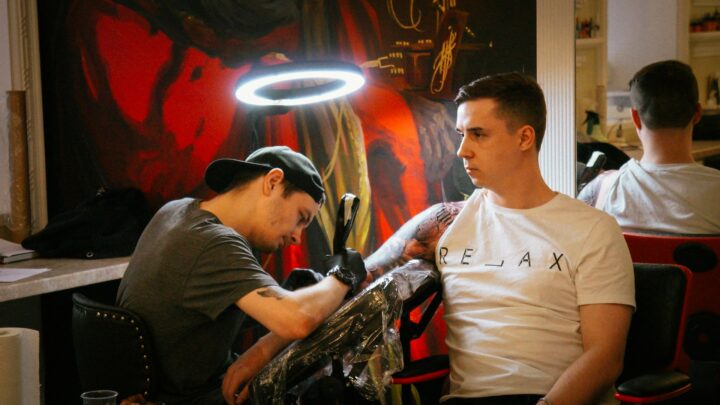
It’s super tempting to immediately try to “fix” a tattoo when you’re upset, but rushing often leads to even bigger regrets. Fresh decisions made from panic usually aren’t the best ones. Give yourself time to sit with it, explore your options, and plan your next steps carefully. A well-thought-out adjustment later on is way better than a rushed impulse fix that you might end up hating even more.
12. Learn for your next tattoo experience.
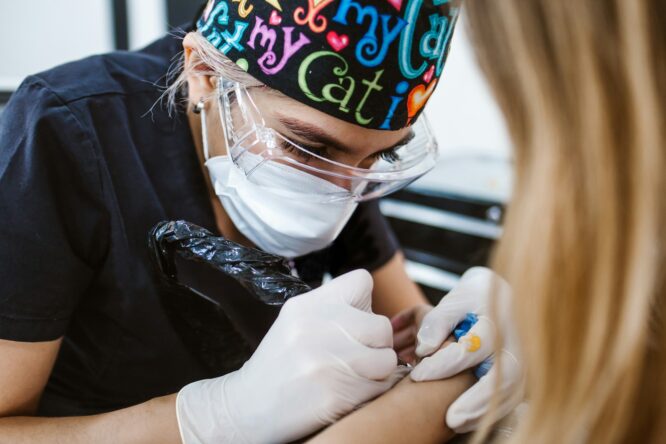
If this experience taught you anything, let it sharpen your instincts for the future. Maybe you’ll take more time researching artists, spend longer perfecting your design, or ask more questions about placement and style during the consult. One “wrong” tattoo doesn’t mean you shouldn’t get more — it just means you’ll go into your next piece even more informed and ready to create something that fully matches your vision from the start.
13. Don’t be too hard on yourself.
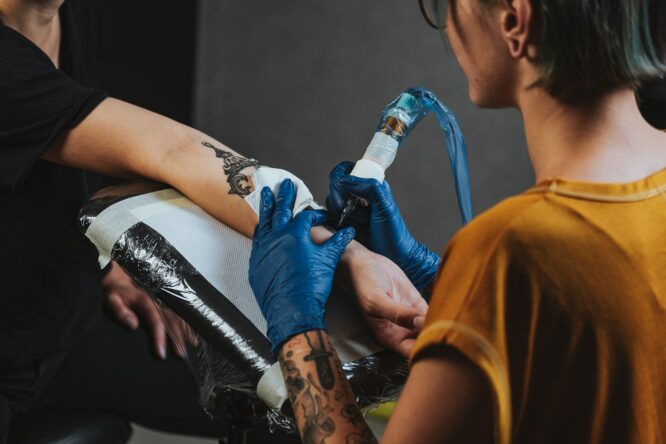
It’s easy to spiral into self-blame when a tattoo doesn’t turn out the way you hoped. Of course, mistakes happen—in life, in art, and yes, even in tattoos. It doesn’t make you foolish or impulsive or hopeless. It just makes you human. Whether you fix it, cover it, or eventually embrace it, remember that your tattoo doesn’t define you. You’re still you, with or without the perfect ink.

